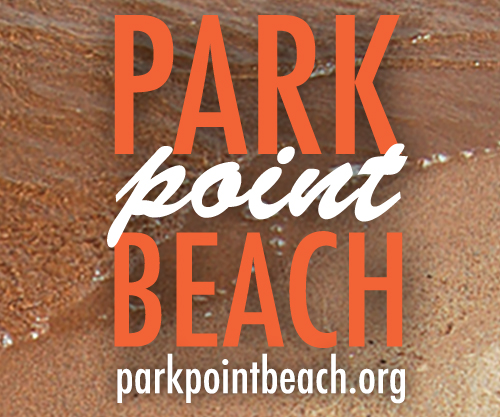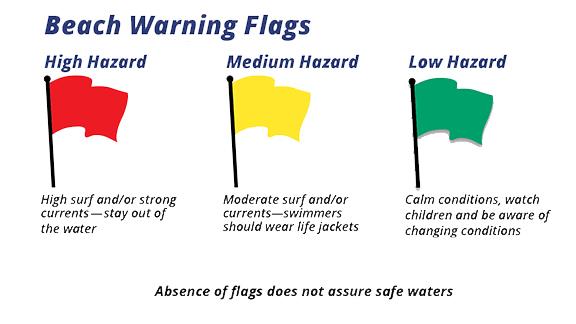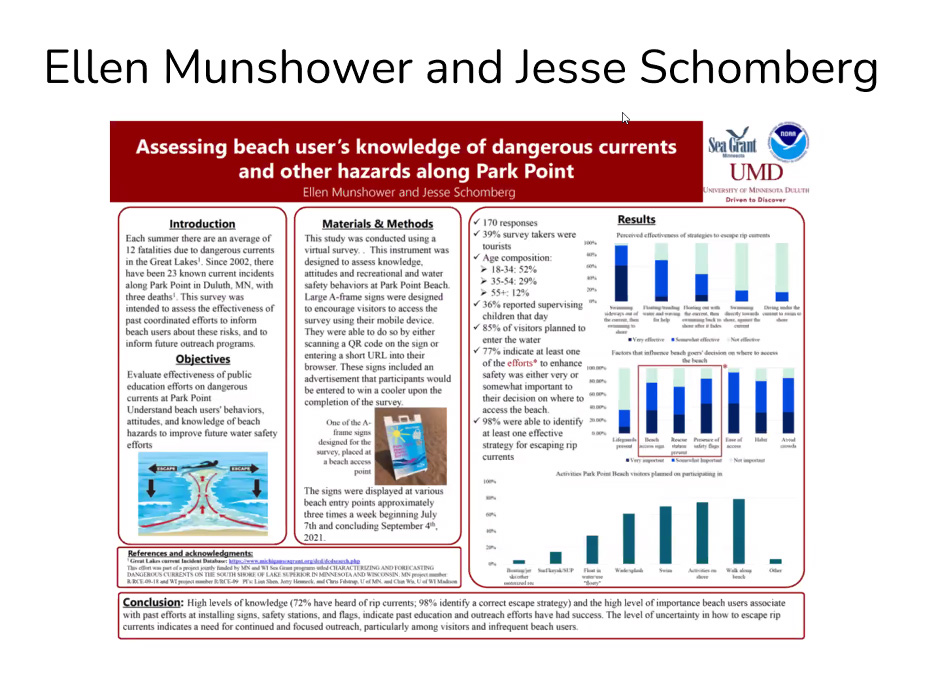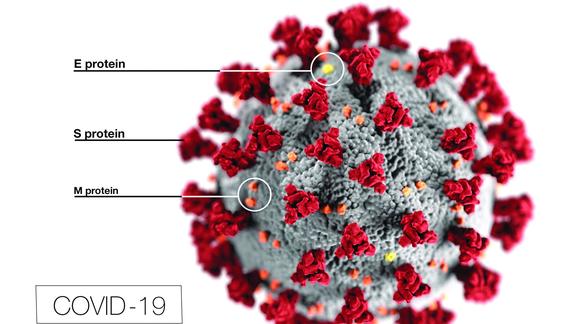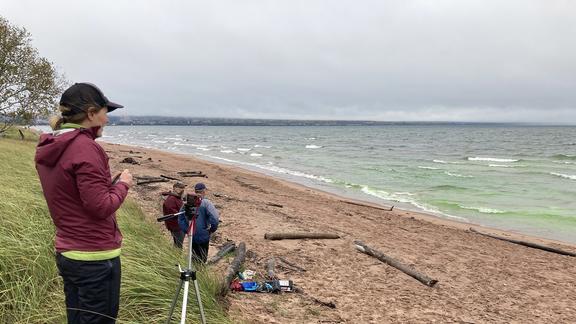Research Projects
2020 Fast-Track Grant Project
2018-2020 (2021) Joint Request for Proposal Project
Partners
- City of Duluth, Minnesota, Fire Department, State/Local Government
- City of Duluth, Minnesota, State/Local Government
- Minnesota Department of Natural Resources, Lake Superior Coastal Program, State/Local Government
- U.S. Army Corps of Engineers, Duluth Area Office, Lake Superior Maritime Visitor Center, Federal Government
- City of Duluth, Minnesota, Parks and Recreation Department, State/Local Government
- National Weather Service, Forecast Office, Duluth, Minnesota, Federal Government
- University of Minnesota, Duluth, Natural Resources Research Institute, Academic Institution (College and University)
- University of Wisconsin, Madison, Academic Institution (College and University)
- Wisconsin Sea Grant, Sea Grant Programs
Changed
